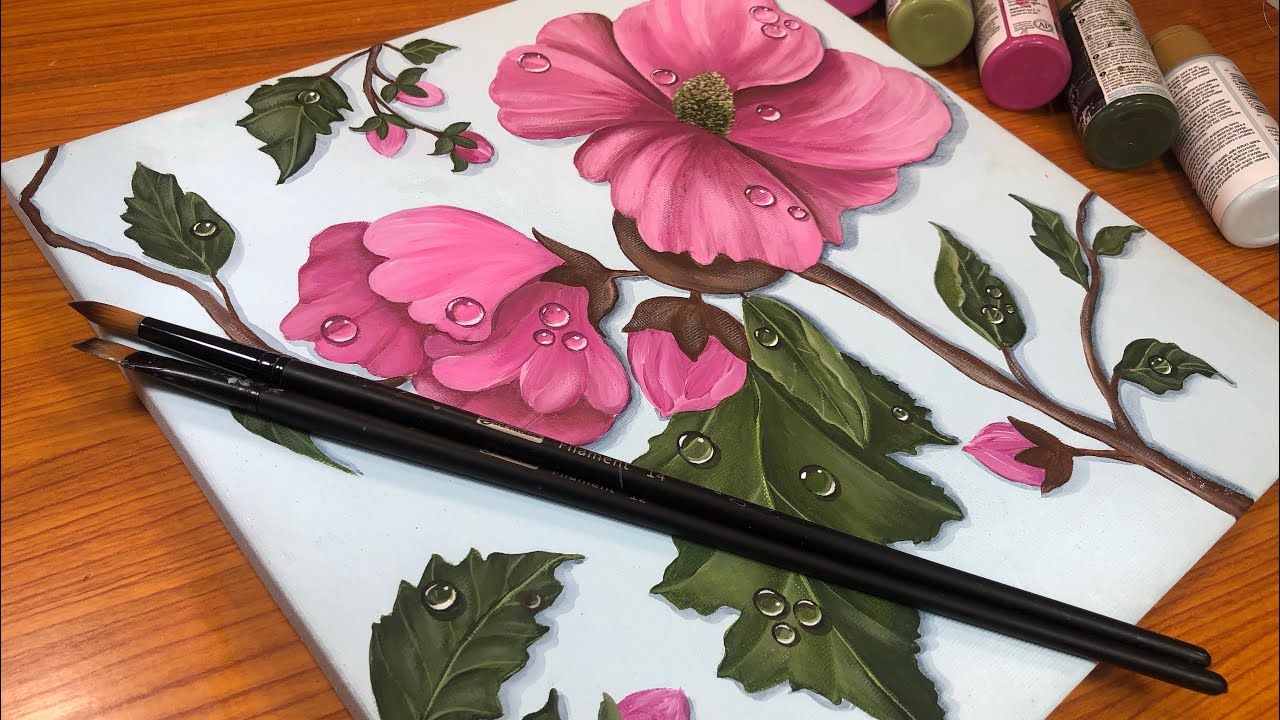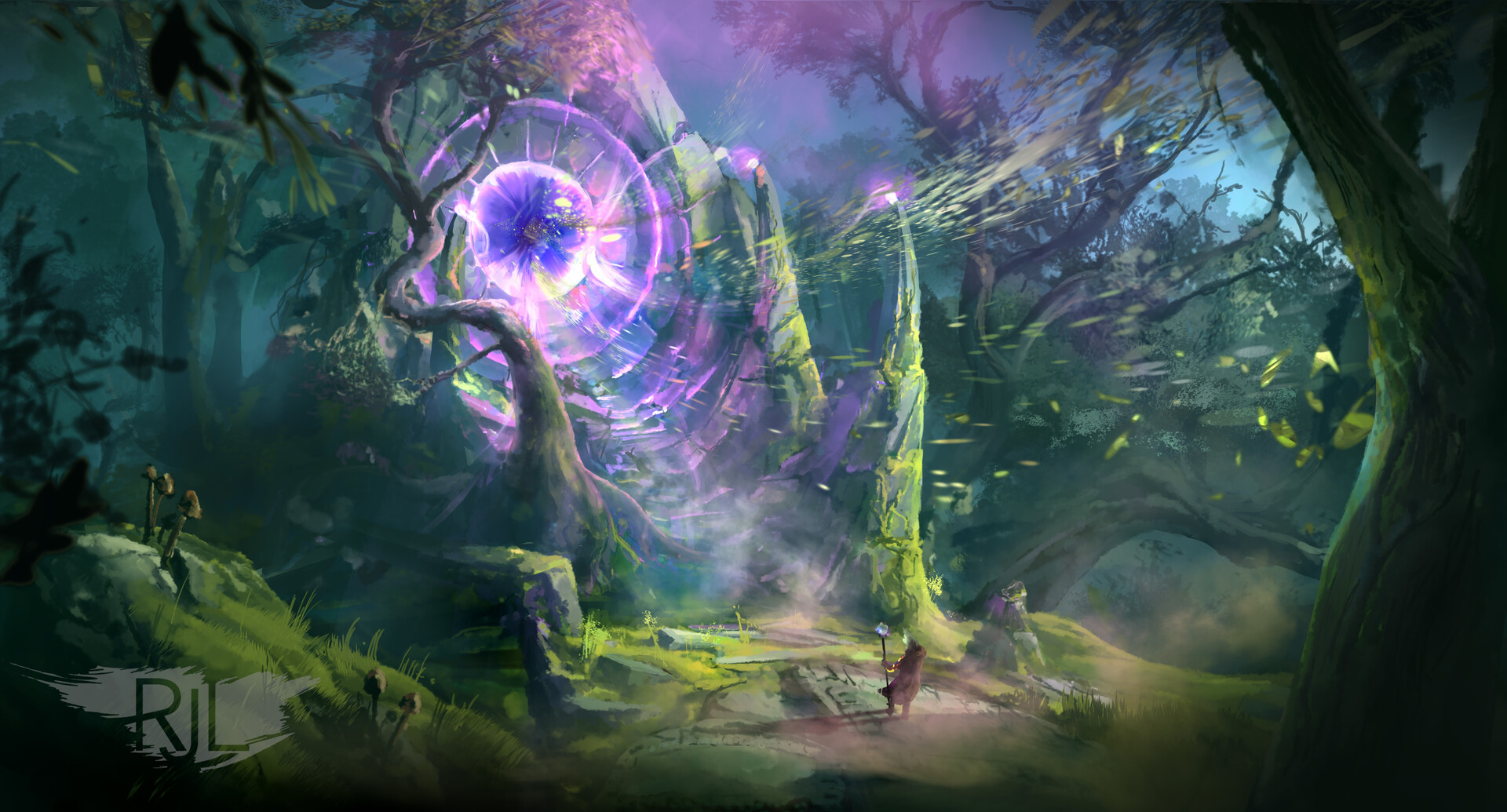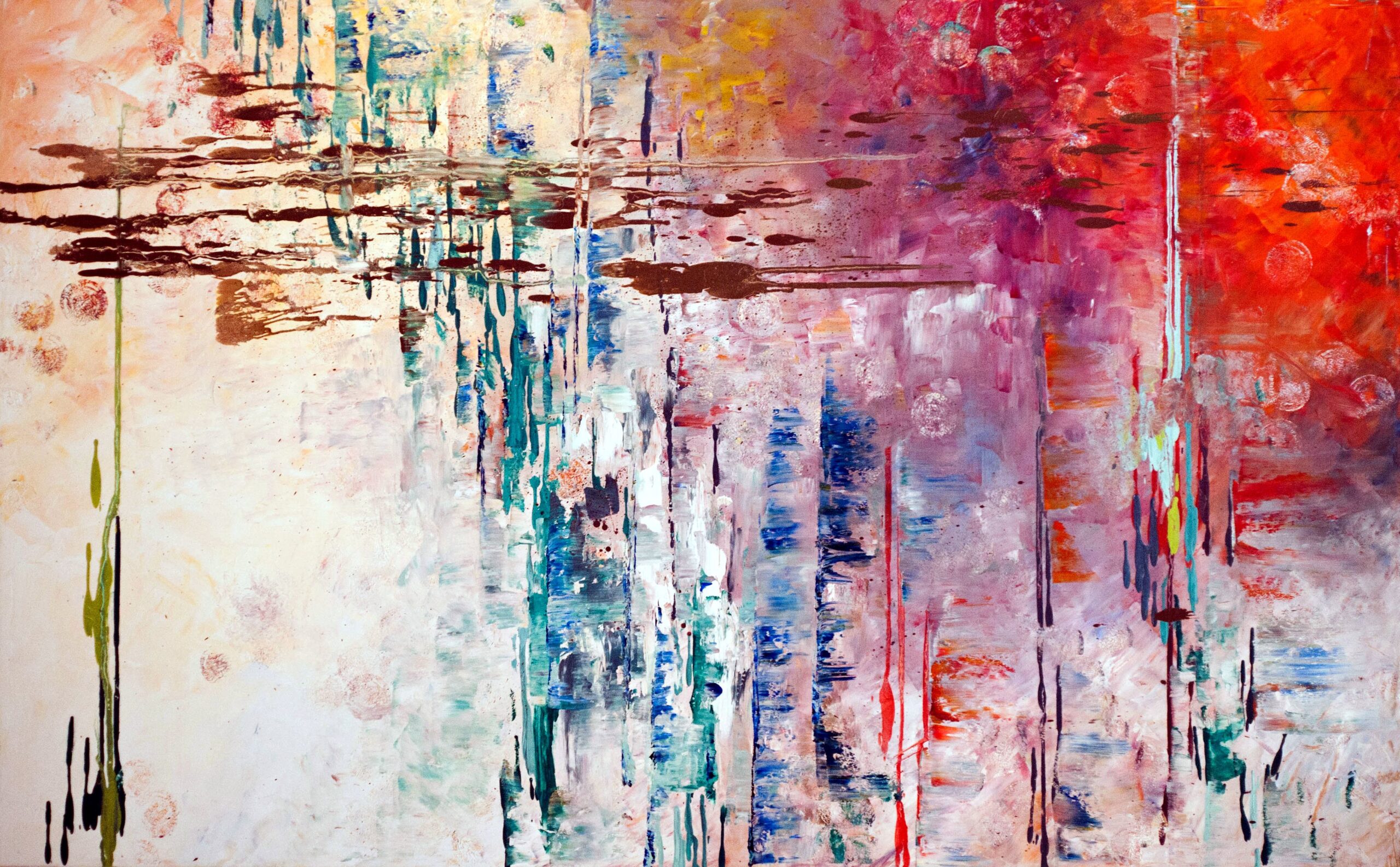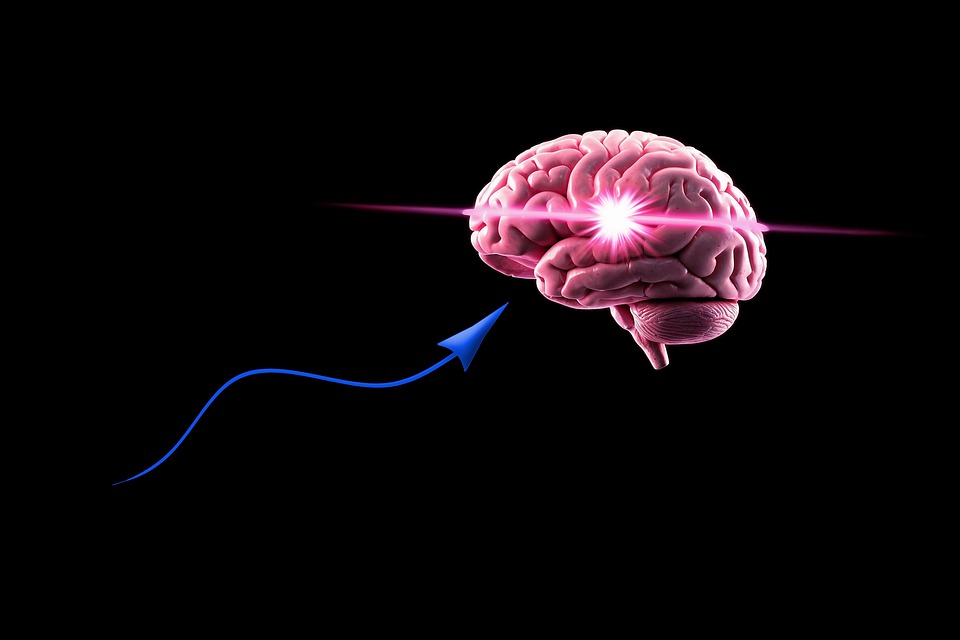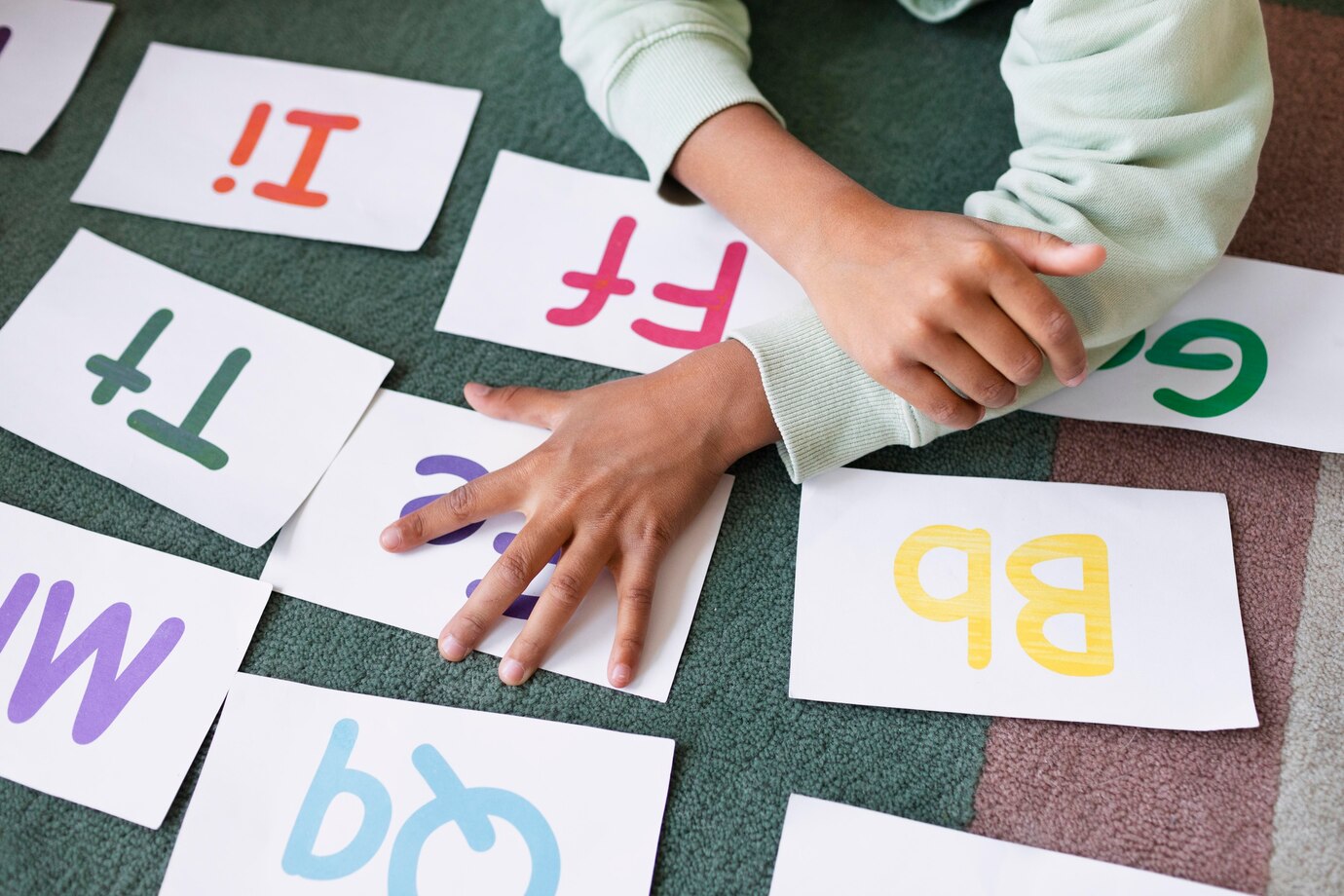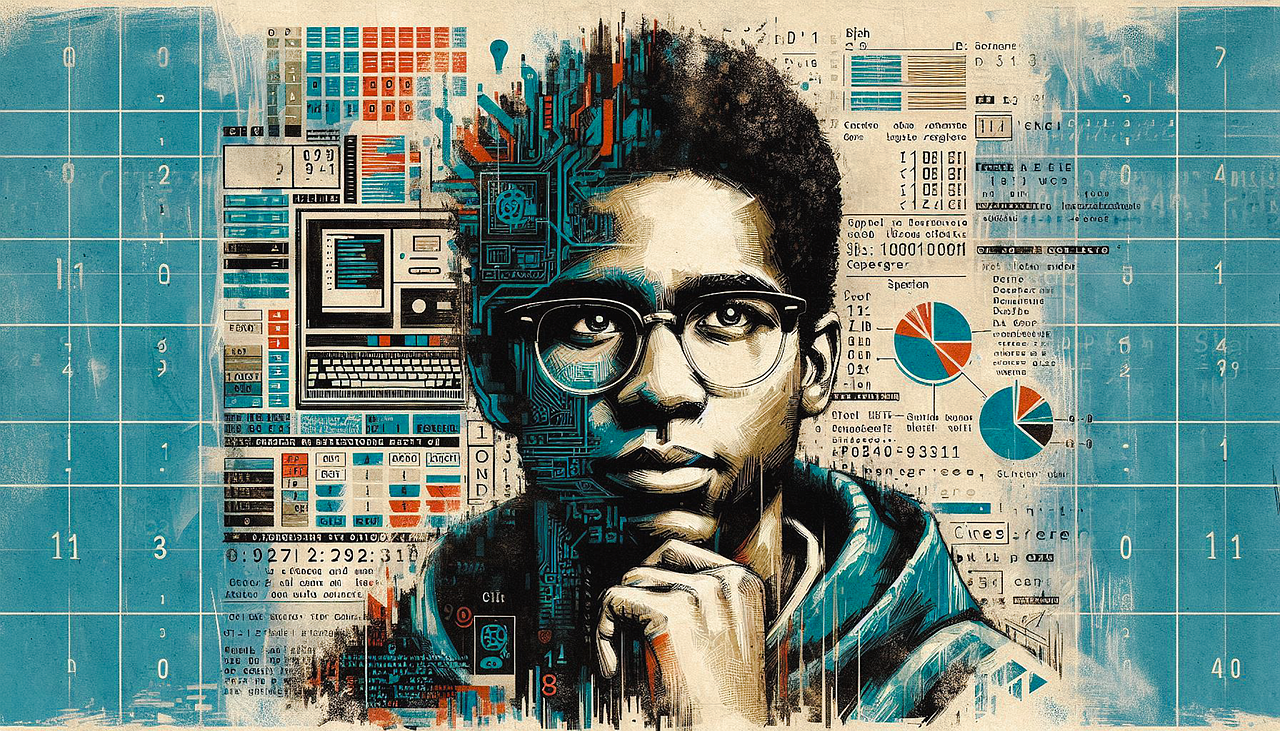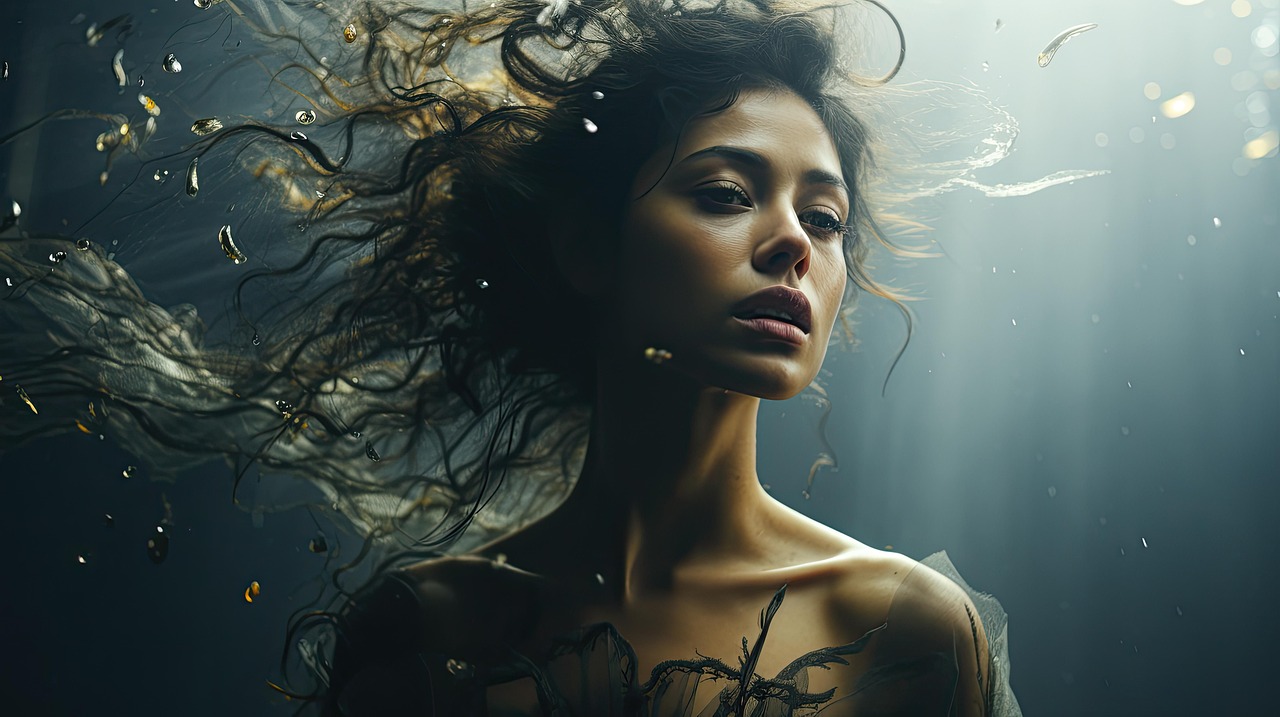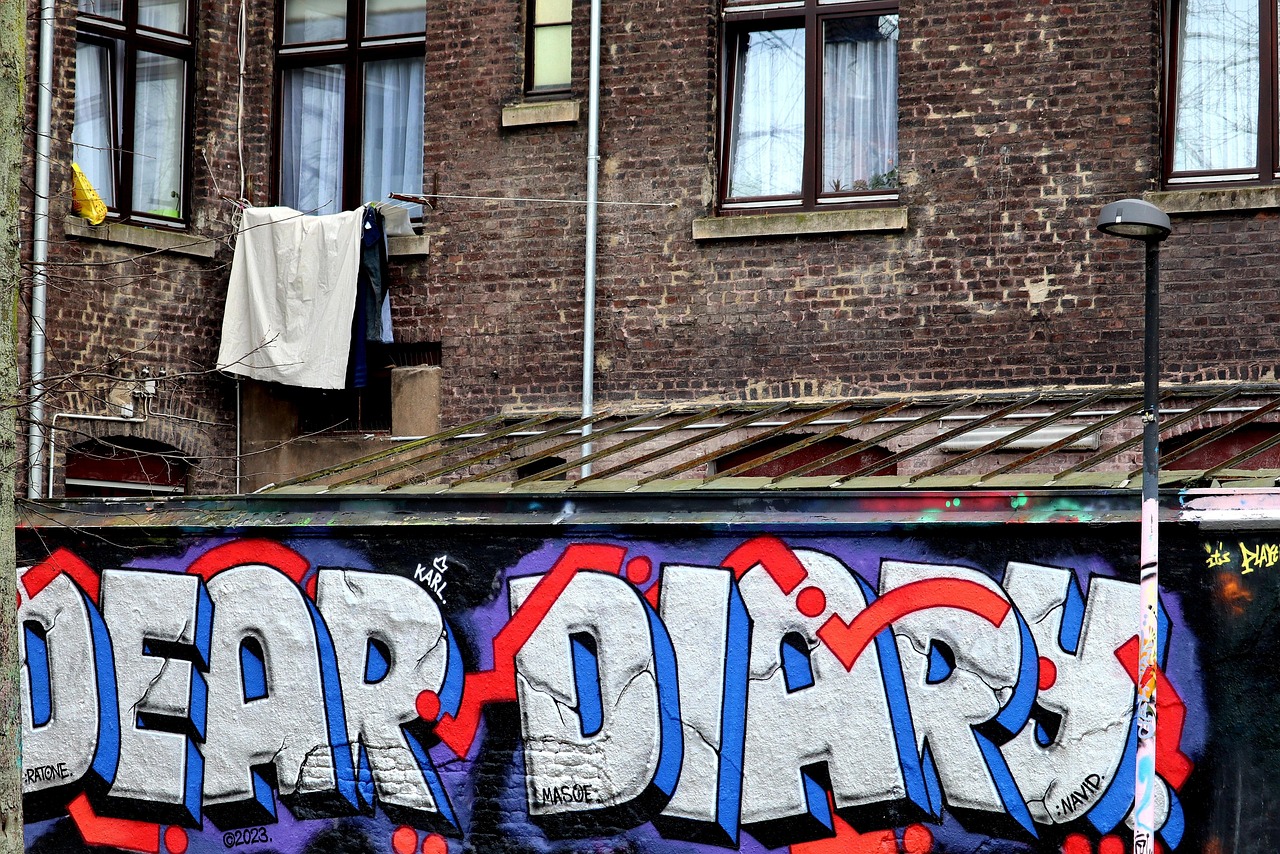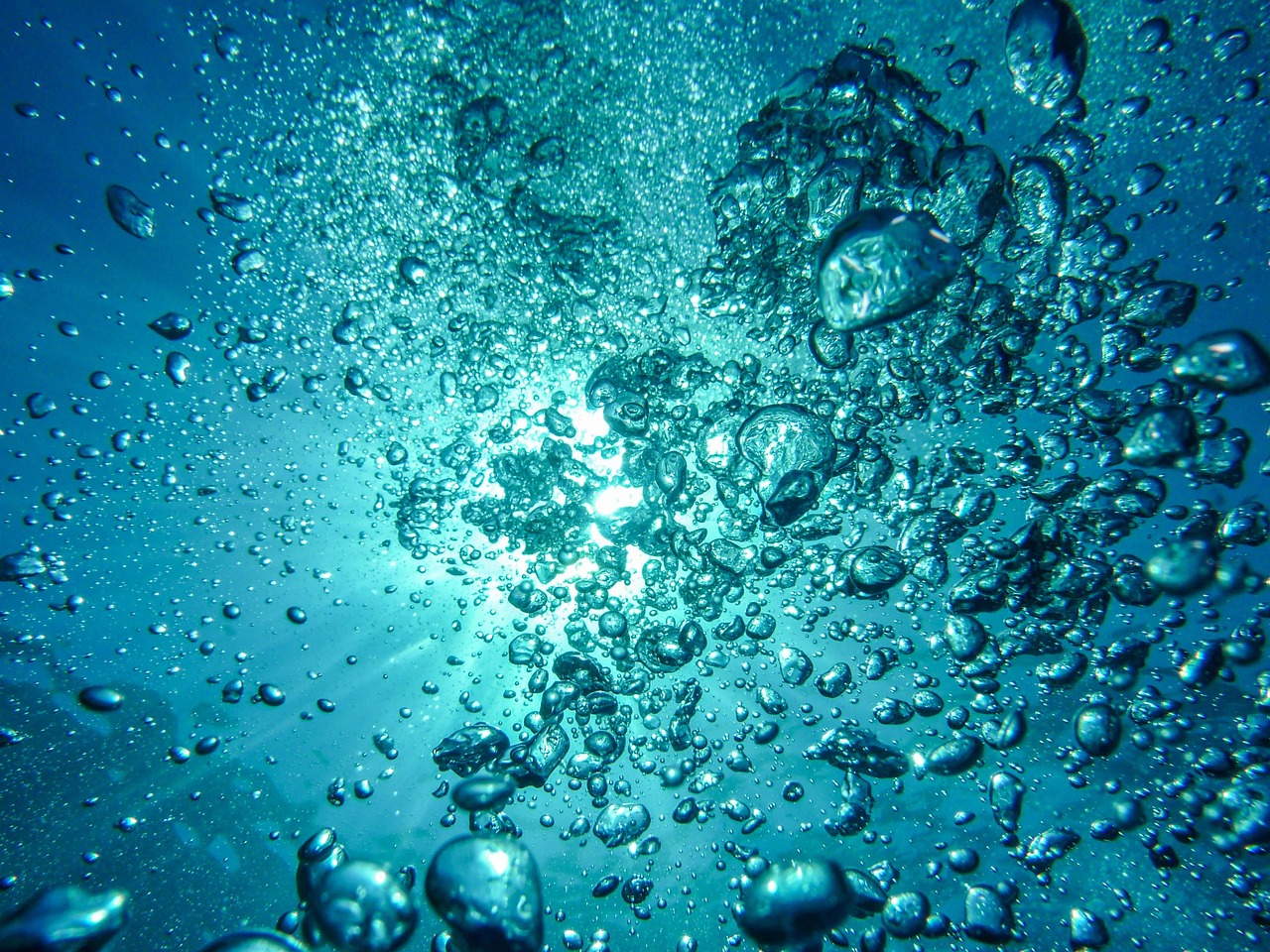In a world that is moving quickly digitally, where beauty is fleeting and put in front of us so constantly, ever beautiful art provides us something constant and anchoring. Art assists in helping us remember nature’s great and simple miracles, gives us a pause and a consideration, and helps us absorb life into our environments. One of the earliest and most well-loved subjects in art, is the flower; an endless metaphor of growth, rebirth, and being. As we are being instinctual and engaging emotionally, Laura-a-Flore adds their beautiful and spirited perspective.
Laura’s works are not decorative for the purpose of decoration, but a record of memory, spirit, and stillness in the world. Each canvas blooms with more than acrylic pigment alone; it glows with vitality and energy. Regardless of whether they are abstract, symbolic, or influenced by nature, her canvases are always a voice of flowers and nature’s frequency.
The Artist’s Vision: Nature as a Spiritual Teacher
For Laura-a-Flore, art does not exist as perfection. It exists as essence. With influences from sacred geometry, emotional landscapes, and elements from nature, her creations are multidimensional with intention and meaning. Flowers are not illustrated as a stationary image but reimagined as animated forces pulsing with breath.
This living and breathing presence to the natural world is part of her process. While some artists study botany for form; Laura-a-Flore studies vibration for feeling. This competency is why her floral canvas paintings resonate with an audience. Her flowers are not just sitting in a vase, they stretch, reach, expand, and evoke.
Her floral themes do not exist merely as interpretations; they exist as dialogues between the human heart and the threatened natural world infused dynamically with spiritual energy and a deep respect for the unseen.
The Power of the Canvas: Blooming Energy for Your Space
Laura-a-Flore’s engage with the canvas is distinguished by her intuitive brush work and complete trust in the canvas, as an entrance. While painting she listens to breathe, body, and the energy at that moment. This way the artwork, feels alive and active.
This is particularly evident, in her floral paintings on canvas. These paintings on canvas become more than just wall pieces; they become energetic companions in the spaces they reside. Past clients, who have collected her floral pieces have talked about the calmness, joy, and presence these paintings bring into their homes, businesses and healing spaces.
Each painting, no matter the size or colour palette, is created with a sense of knowing it will reside somewhere meaningful, therefore Laura-a-Flore designs each painting to be uplifting, energizing, and harmonious.
The Symbolism behind the Blooms
Though her work is abstract and intuitive, symbolism remains at the heart of every floral composition. Roses may speak of inner beauty and the unfolding soul. Lilies may hint at purity and peace. Wildflowers often represent resilience, freedom, and emotional renewal. Through these choices, her floral paintings on canvas invite personal interpretation while still drawing on universal themes.
Rather than merely mimicking nature, Laura-a-Flore interprets it, filtering natural forms through the lens of spiritual depth, emotional honesty, and ancestral memory. Her brush becomes a translator between nature and the viewer.
A Journey through Color and Texture
Laura-a-Flore is known for her lush, layered textures and bold use of color. She blends acrylics, inks, and mixed media with techniques that highlight both delicacy and power. Each painting begins with a flow, colors moving across the surface without control or containment. From there, shapes emerge. Energy settles. A floral presence is revealed.
This intuitive process is key to the emotional power of her work. In her floral paintings on canvas, nothing is overworked. Everything breathes. Every detail feels spontaneous yet sacred.
Clients who resonate with her floral work are often those who are looking for art that feels like a memory, a dream, or a personal awakening. Laura-a-Flore’s pieces offer that rare sense of recognition, like meeting an old part of yourself for the first time.
Personalized Floral Commissions
In addition to her original collections, Laura-a-Flore offers bespoke paintings that draw from the client’s energy, story, and space. Through a series of guided conversations, she gathers insight into the person’s emotional journey, their color preferences, and the kind of spiritual atmosphere they hope to create.
These commissioned floral paintings on canvas are co-created with intention. Whether the piece is meant to honor a loved one, celebrate personal transformation, or simply bring life to a space, Laura-a-Flore brings her intuitive artistry to every detail. The result is not just a painting, but a living symbol, crafted specifically for the client’s journey.
Floral Art in Healing Spaces
Laura-a-Flore’s floral works are often selected for holistic environments including therapy offices, yoga studios, and sacred healing spaces. Practitioners recognize the value of her art as more than visual interest, it becomes a calming presence, a reminder of natural cycles, and a visual aid for mindfulness.
This intersection of art and healing is one of the artist’s deepest motivations. She believes that color and form have the power to influence mood, uplift the soul, and restore a sense of inner harmony. Through her floral paintings on canvas, she continues to share that belief, one brushstroke at a time.
The Bloom Never Fades
The beauty of flowers lies in their impermanence, but on canvas, they become eternal. Laura-a-Flore’s floral pieces embody this paradox: they capture the fleeting in a way that feels timeless. Each painting holds the energy of blossoming, reminding us that growth is always available, that beauty continues to unfold, and that we are part of something much larger than ourselves.
Through her website laura-a-flores.com, art lovers can explore her full gallery, learn about her process, and inquire about custom commissions. Whether you’re drawn to delicate abstracts or bold, blooming expressions, her floral series offers a collection that speaks directly to the heart.
Discover the power of intuitive floral art. Browse original works, connect for commissions, or bring sacred energy into your space through one of Laura-a-Flore’s unique floral paintings. Begin your journey at laura-a-flores.com.

